Stable Diffusion draws controversy on Twitter from artists who say the AI infringes on copyrights
Stability.ai's beta release of its text-to-image software has less filtering than DALL-E 2, and raises new questions about how it mimics other artists
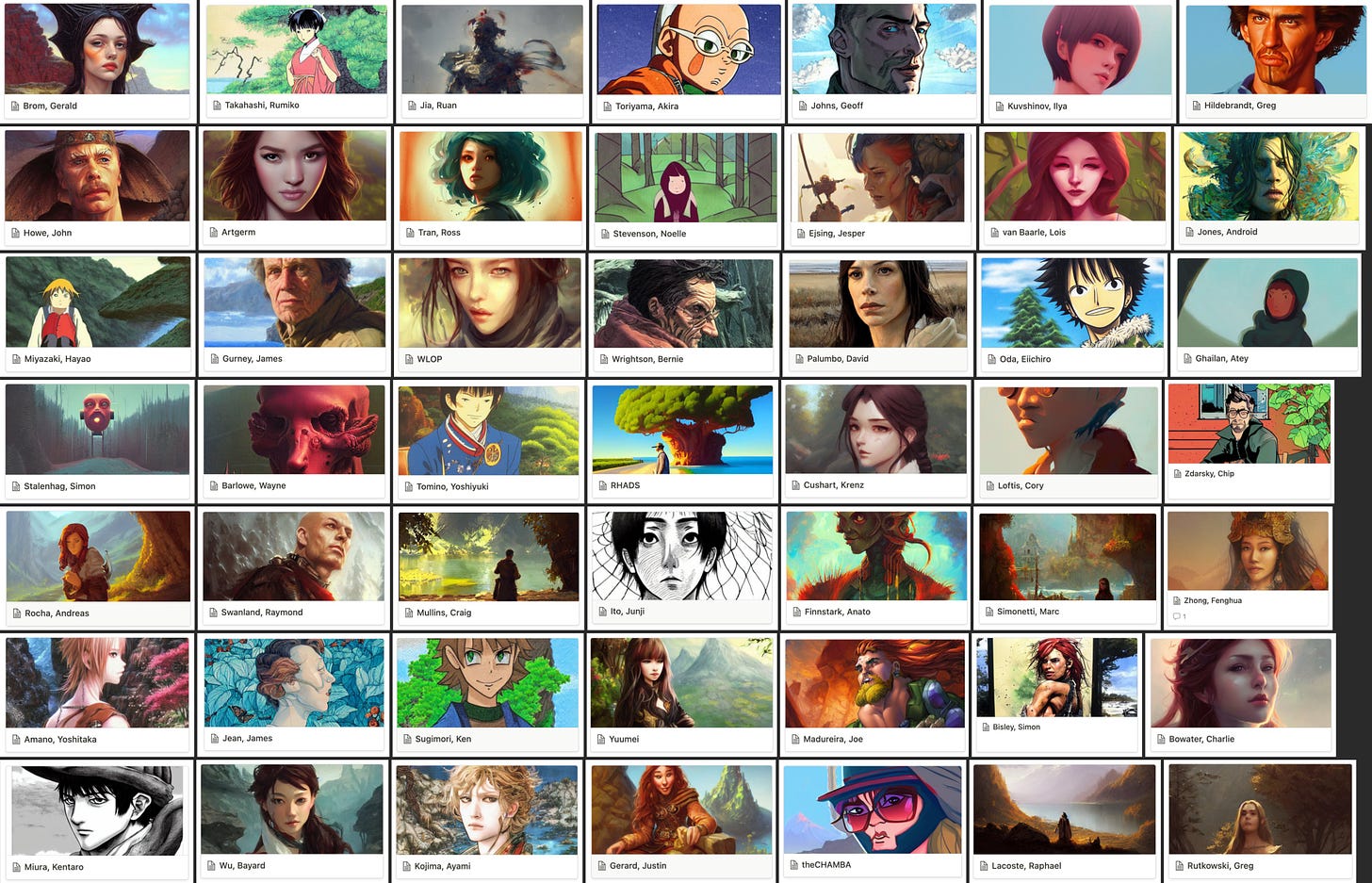
Artists are embroiled in a heated debate on Twitter today about whether a new text-to-image AI called Stable Diffusion infringes on the rights of artists.

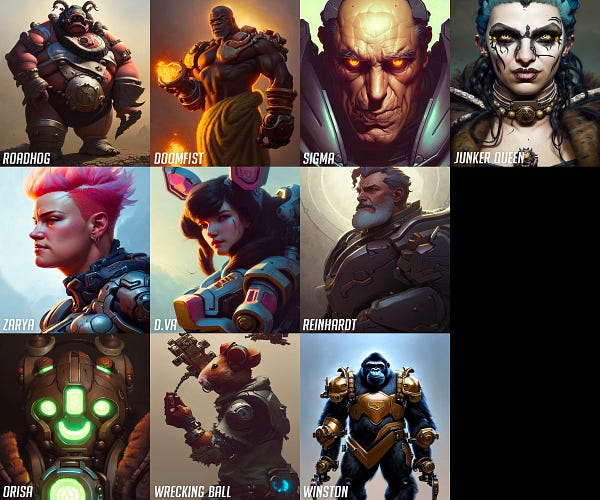
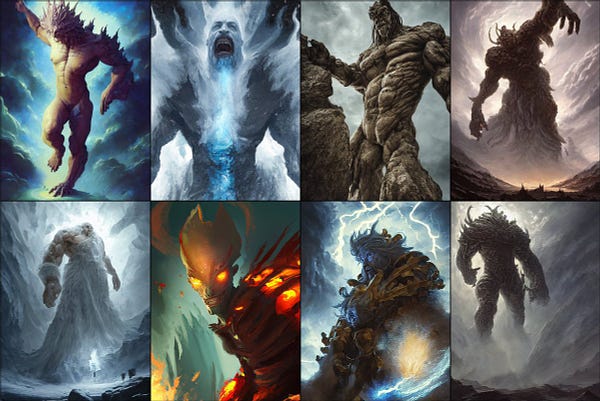
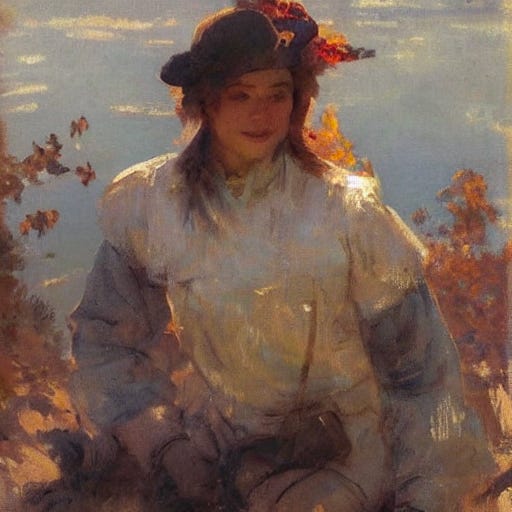
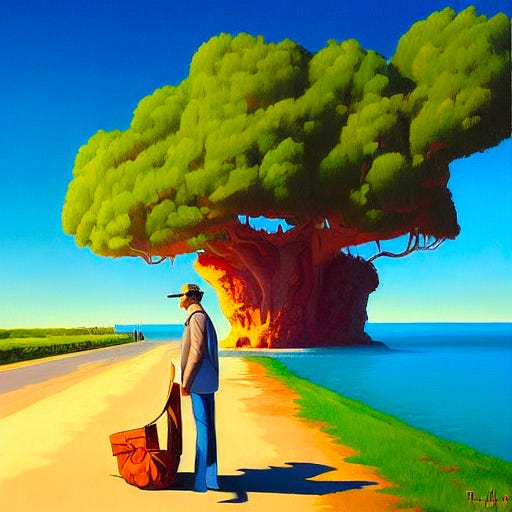
Stable Diffusion was released into beta this past week by startup called stability.ai. Unlike DALL-E 2, it doesn’t filter public figures, and it is trained on a dataset called LAION Aesthetics, which contains 120M aesthetic samples of image-text pairs that contain aesthetically pleasing images. A sample of those images is available here, and the Github repo is available here.
“What makes this AI different is that it’s explicitly trained on current working artists… This thing wants our jobs, its [sic] actively anti-artist,” said RJ Palmer, a concept artist who draws creatures.
Other artists weighed in on the debate, saying that the new AI is “morally abhorrent” and could even be considered theft:

Joaquin Baldwin, a director at Disney, noted that since Stable Diffusion is going to be fully open-sourced, its advancement will be hard to prevent.

No doubt, the technology also raises new questions about art education:

As of Sunday afternoon PST, the tweet thread from @arvalis had more than 8K retweets and 64K likes on Twitter.



